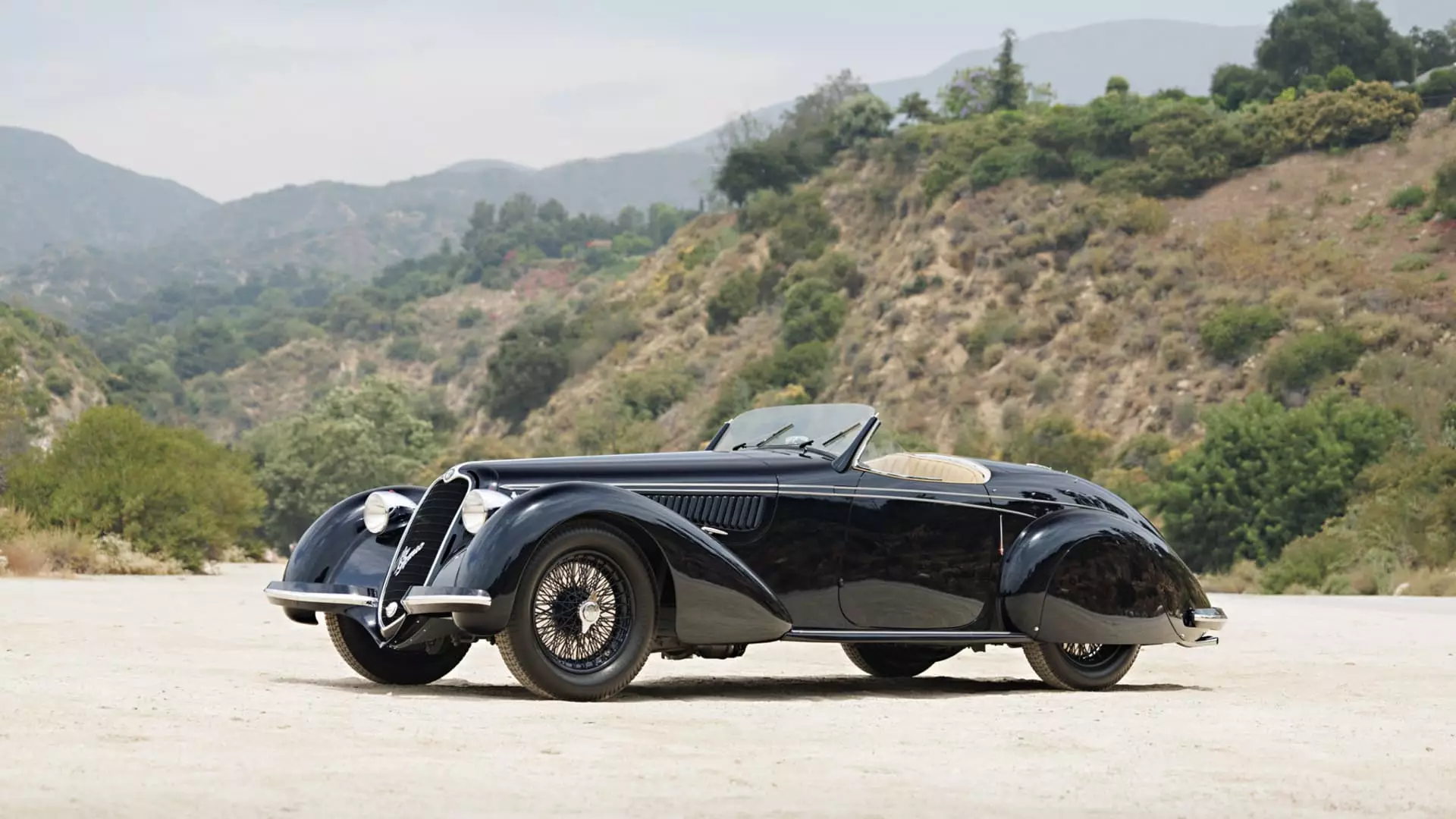Monterey Car Week is well-known for its prestigious car auctions, attracting high-net-worth individuals and avid collectors from around the globe. However, recent trends indicate a shift in the market dynamics. Auction sales during Monterey Car Week experienced a 3% decline from the previous year, with total sales at five prominent auction houses totaling $391.6 million, down from $403 million in 2023. This downward trend follows a 14% decline from the peak of 2022, signaling a potential change in the industry.
One of the primary reasons behind the drop in auction sales can be attributed to the evolving preferences of wealthy collectors. Traditionally, classic cars from the 1950s and 1960s have been highly sought after, particularly by baby boomers who dominated the market for decades. However, the influx of these classic cars onto the market has created a saturation of similar vehicles at auctions, leading to weaker demand and lower prices. As a result, newer generations of collectors, mainly Gen Xers and millennials, are gravitating towards cars from the 1980s, 1990s, and 2000s.
The changing landscape of the classic car market is further evident in the sell-through rates at auctions. Pre-1981 cars priced at $1 million or more saw a meager 52% sell-through rate, while cars less than 4 years old boasted a much stronger rate of 73%. This disparity highlights the growing influence of young collectors in shaping the market trends. Hagerty’s Supercar Index, which tracks sports cars from the 1980s to the 2000s, has shown significant growth, while the Blue Chip Index of 1950s and 1960s classics has experienced a decline.
Impact of Interest Rates on Collecting Behavior
In addition to changing preferences, external factors such as high-interest rates have also impacted the classic car market. Financing has been a common practice among buyers, especially at the lower end of the market, to build their collections. However, rising interest rates have increased the opportunity cost of investing in classic cars. Potential buyers may be reconsidering their purchases, weighing the potential returns of alternative investments against acquiring a classic car.
Forecast for the Future
Looking ahead, the classic car market is likely to witness further changes as older collectors begin to sell off or downsize their collections. The transition from traditional classics to modern supercars is already underway, with a noticeable divergence in values between older and newer cars. While rare masterpieces will continue to command high prices, the overall pricing for older cars may face downward pressure in the coming years. Auction houses and collectors alike will need to adapt to these evolving market dynamics to stay relevant and competitive in the industry.
The classic car market is undergoing a significant transformation, driven by shifting preferences among collectors, generational changes, and external economic factors. The days of traditional classics reigning supreme may be numbered, as modern supercars and newer models gain traction among enthusiasts. To succeed in this evolving landscape, stakeholders must remain agile, innovative, and responsive to emerging trends in order to thrive in the dynamic world of classic car collecting.



Leave a Reply